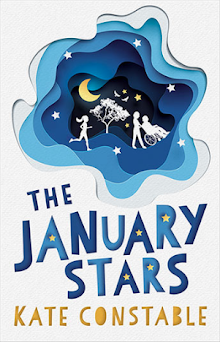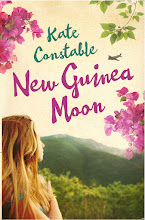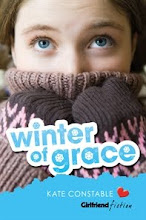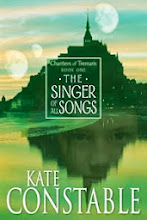I read
My Name is Asher Lev in high school (from memory, my mum had been studying
The Chosen in adult education, so naturally I read it, too, and that led me to
Asher Lev). I was very moved by the conflict between Asher with his genius for drawing, and his disapproving Hasidic religious community, especially his father. Asher's art-making was clearly presented as something he was compelled to do, a gift from God just as much as the words of the Torah or the wisdom of his elders. I didn't realise this sequel existed until I found it recently in a street library.
Years on from Asher's exile to France, he's now married, a celebrated painter, and has two children of his own. He and his family are brought back to Brooklyn by the death of his uncle, and his parents' desire to spend time with their grandchildren leads to their stay becoming extended, though Asher insists that they will have to go home to France soon. Gradually Asher (and the reader) becomes aware that the venerable Rebbe, the frail and elderly leader of the community, is harbouring a succession plan that involves Asher's six year old son, and most of the novel concerns Asher's internal wrestling with this scheme.
The Gift of Asher Lev is a slow-paced novel but I really enjoy the way that Potok builds up the story, brush stroke by brush stroke. We see everything through Asher's observant eyes but he lets us know what he's feeling only rarely, either in occasional emotional outbursts, or through his drawings, or through his description of his body's reactions to what he's seen or heard -- fingers tingling, spots before his eyes, a sensation of dizziness. It's very cleverly done, and so much more effective than giving us direct access to Asher's feelings.
The Gift of Asher Lev was published in 1990 and set in 1988, and it was striking how the litany of the world's troubles hasn't changed that much. In Brooklyn, they swelter though a cripplingly hot summer, the summer that first made the American public aware of global warming; there are elections in the US and in France, and in France there are fears that 'that racist Le Pen' might be elected -- of course it's the present Le Pen's father, and that particular outcome seems to have been averted for the present. The eager Zionism of Asher's father and the Rebbe is hard to read about, as is their agenda for Israeli politics; but this isn't really the point of the story. It's a very personal, intimate account of a war within a family, a war conducted largely without words, through hints and parables, meals and pictures, even dancing, and a war fought ultimately inside one man.

























































